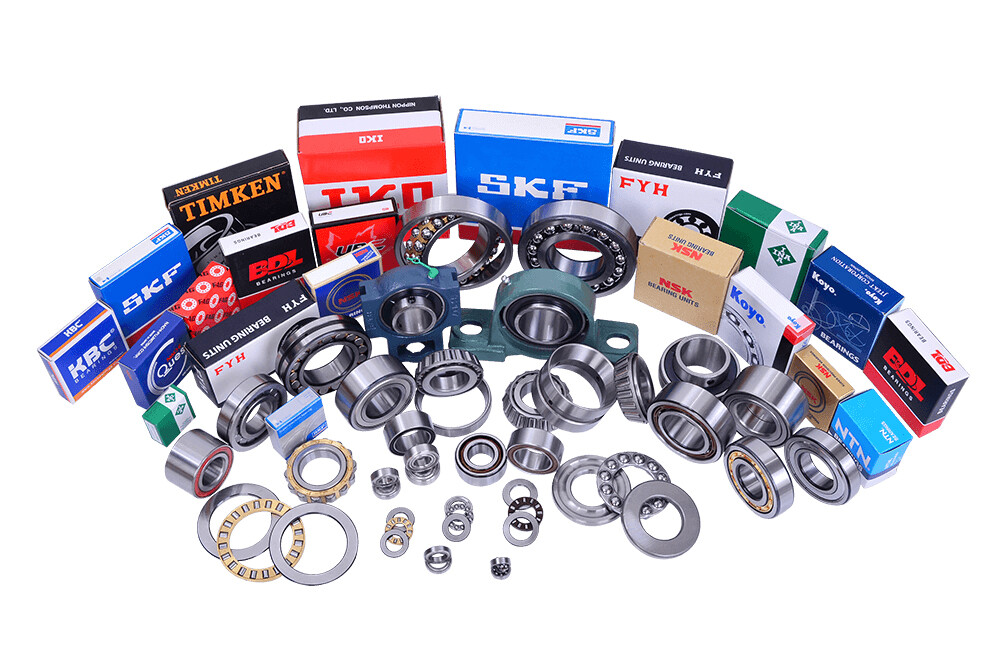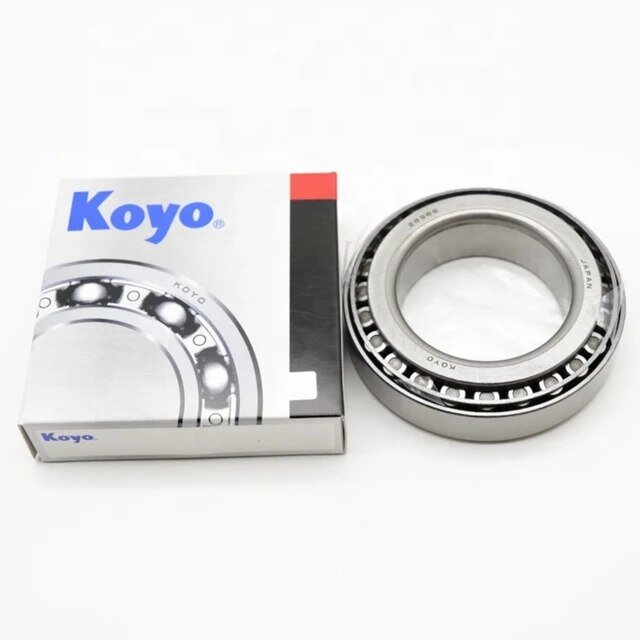The Main Principles Of Volution Bearing
The Main Principles Of Volution Bearing
Blog Article
The Ultimate Guide To Volution Bearing
Table of ContentsThe 6-Minute Rule for Volution BearingSome Known Facts About Volution Bearing.The Best Strategy To Use For Volution BearingThe Best Strategy To Use For Volution Bearing
An axial (or thrust) bearing load is when force is identical to the axis of the shaft. A radial bearing load is when pressure is perpendicular to the shaft. A mix bearing load is when parallel and perpendicular pressures generate an angular force family member to the shaft. Sphere bearings are designed with round spheres and can disperse lots over a medium-sized surface location.Below is a fast referral for the kind of birthing load and the most effective sphere bearing for the task: Radial (vertical to the shaft) and light lots: Pick radial sphere bearings (additionally called deep groove ball bearings). Radial bearings are some of one of the most usual kinds of bearings on the market.
Roller bearings are developed with cylindrical rollers that can distribute lots over a larger surface location than sphere bearings. Below is a fast referral for the kind of birthing lots and the best roller bearing for the job: Radial (perpendicular to the shaft) lots: Pick conventional round roller bearings Axial (thrust) (parallel to the shaft) tons: Choose round drive bearings Combined, both radial and axial, loads: Choose a taper roller bearing The rotational speed of your application is the next element to look at when selecting a bearing.
They perform far better at greater speeds and use a higher speed range than roller bearings. One factor is that the contact in between the rolling element and the raceways in a ball bearing is a point as opposed to a line of contact, like in roller bearings. Since rolling aspects press right into the raceway as they surrender the surface, there is much less surface area deformation taking place in the factor lots from sphere bearings.
What Does Volution Bearing Do?

If this occurs, a straightforward and typical service is to switch over the sphere bearing product from steel to ceramic. This keeps the bearing dimension the very same however supplies approximately a 25% higher rate score. Considering that ceramic product is lighter than steel, ceramic balls produce less centrifugal force for any type of given rate.
One reason is that the rounds are smaller sized and smaller sized spheres consider much less and create less centrifugal pressure when revolving. Angular contact bearings likewise have an integrated preload on the bearings which deals with centrifugal pressures to appropriately roll the rounds in the bearing. If you are developing a high-speed application, then you'll want a high-precision bearing, generally within the ABEC 7 accuracy class.
The Main Principles Of Volution Bearing
When the bearing is being utilized at high rates, the spheres rapidly roll over the bearing raceway with less reliability which can lead to a bearing failure. High accuracy bearings. manufacturing watkinsville ga are made with rigorous standards and have very little discrepancy from the specs when produced. High accuracy bearings are reliable for applications that go fast since they guarantee good ball and raceway interaction.
Some applications, like reducing tool spindles, will just enable a tiny discrepancy to occur on its turning parts. If you are engineering an application such my website as this, after that pick a high precision bearing due to the fact that it will produce smaller system runouts because of the limited tolerances the bearing was produced to. Bearing strength is the resistance to the force that creates the shaft to differ its axis and plays a key duty in lessening shaft runout.

When the angular contact bearings are mounted, the offset is removed which creates the rounds to press into the raceway with no outside application pressure. This is called preloading and the process enhances bearing rigidness also before the bearing sees any kind of application pressures. Understanding your bearing lubrication needs is crucial for picking the ideal bearings and needs to be thought about early in an application style.
Volution Bearing Fundamentals Explained
Lubrication develops a film of oil in between the rolling component and the bearing raceway that assists protect against rubbing and getting too hot. One of the most usual kind of lubrication is oil, which includes an oil with a thickening representative. The thickening representative maintains the oil in position, so it will not leave the bearing.
After the rolling element goes by, the oil and thickening agent sign up with back together. For high-speed applications, knowing the speed at which the oil and thickener can divide and rejoin is crucial. This is called the application or bearing n * dm value. Prior to you choose a grease, you require to discover your applications ndm value.
Compare your ndm value to the oil's max speed worth, situated on the datasheet. If your n * dm value is greater than the grease max rate worth on the datasheet, after that the grease will not be able to supply enough lubrication and early failing will occur. One more lubrication choice for high-speed applications are oil haze systems which mix oil with compressed air and after that infuse it into the bearing raceway at metered intervals.
Report this page